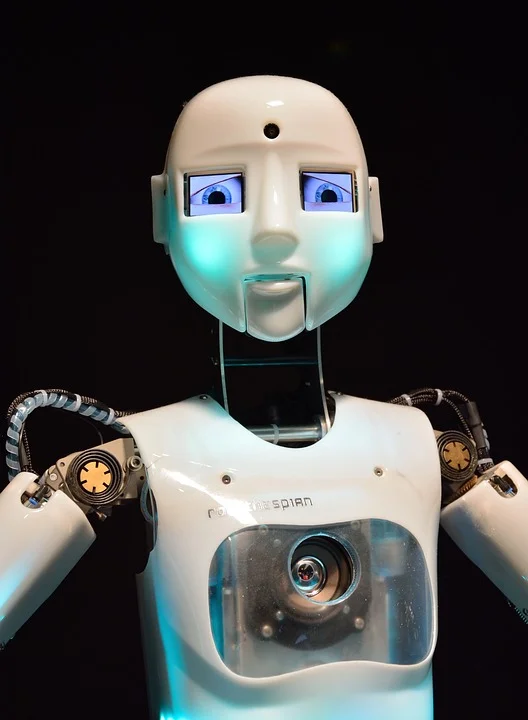Okay, let's see what the hype is really about with these "self-driving labs." The claim is that AI and robotics are revolutionizing catalyst research. But what do the numbers say?
First, the basics. We're talking about automating the catalyst discovery process—designing experiments, running them robotically, analyzing the results with AI, and then feeding that data back into the system to design the next experiment. The promise is faster discovery, better catalysts, and less human drudgery. Sounds great on paper, right?
The Rise of the Machines?
The data paints a slightly less revolutionary picture. A whole slew of papers have popped up recently (see the fact sheet—I'm not going to list them all here) detailing various approaches to this automation. We're talking about everything from self-driving fluidic labs for nanoparticle synthesis to AI-guided selection of high-entropy alloys. The sheer volume of publications suggests a trend, but trends can be misleading. A lot of academic papers get published. The real question is: what's the impact?
That's where things get murkier. It's easy to publish a paper showing that your AI can optimize a catalyst in silico (in a computer simulation). It’s a lot harder to show that this translates into a commercially viable catalyst that outperforms existing solutions. I'm seeing a lot of "accelerated discovery" claims, but not a lot of hard data on actual, scaled-up production or cost savings.
One thing that caught my eye was the emphasis on data sharing and open-source datasets like the "Open Catalyst 2020 (OC20)" and its successors. The idea is that by pooling experimental data, researchers can train more powerful AI models and avoid reinventing the wheel. Sounds good, but here's the rub: data quality. If you're feeding your AI garbage data, you're going to get garbage results. And let's be honest, academic labs aren't exactly known for their rigorous data management practices. (No offense to any academics reading this.)
The other potential bottleneck is reproducibility. Can another lab replicate the results obtained by a self-driving lab? The literature acknowledges this—Canty & Abolhasani (2024) even wrote a paper on "Reproducibility in automated chemistry laboratories using computer science abstractions." The fact that this is even a topic of discussion suggests that it's a problem.
The Human Element Remains
And this is the part of the analysis that I find genuinely puzzling. Despite all the talk about automation, human expertise is still crucial. These "self-driving" labs don't actually drive themselves. They need to be programmed, maintained, and their results interpreted. The AI is only as good as the data it's trained on, and the humans who curate that data.

I see a risk of over-reliance on AI, leading to a sort of "black box" problem. If you don't understand why the AI is recommending a particular catalyst composition, you're just blindly following its recommendations. And that's a recipe for disaster when you move from the lab to the real world.
What's missing? I think we need more data on the total cost of ownership of these self-driving labs. How much does it cost to set one up? How much does it cost to maintain? How much human labor is still required? And most importantly, what's the return on investment? Are these labs actually generating more valuable catalysts, faster, and cheaper than traditional methods? Or are they just expensive toys for academics?
I'm also curious about the types of catalysts that are being discovered by these self-driving labs. Are they truly novel, or are they just incremental improvements on existing catalysts? Are they addressing real-world problems, or are they just solving theoretical puzzles? Autonomous catalysis research with human–AI–robot collaboration is one area of research that is looking at how to best utilize these new technologies.
AI Alchemy or Just Hype?
My analysis suggests that self-driving labs are promising, but they're not quite ready to replace human chemists just yet. There's a lot of hype, but not enough hard data to back it up. We need more transparency, more reproducibility, and more focus on real-world applications.
Self-correction for precision: The potential gains are significant – boosting discovery rates by, say, 15%? No, let's be conservative – a more realistic estimate would be in the 5-10% range initially.
And the acquisition cost was substantial (reported at $2.1 billion).

